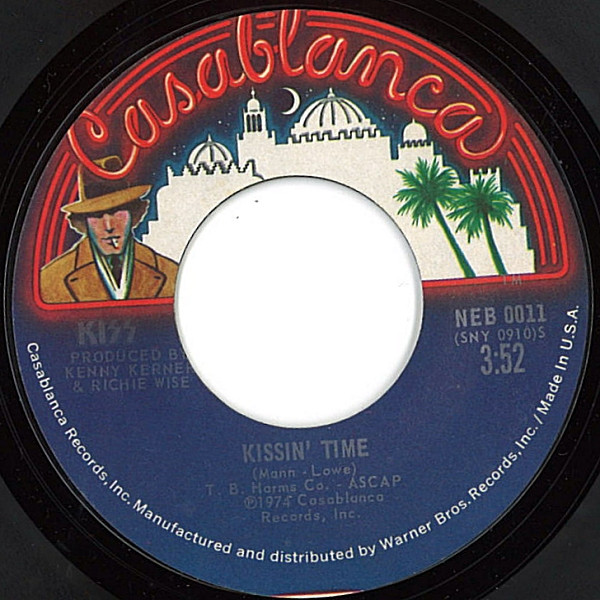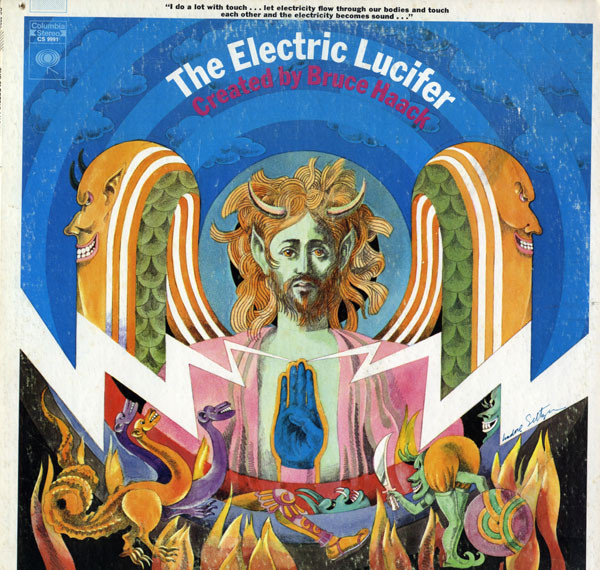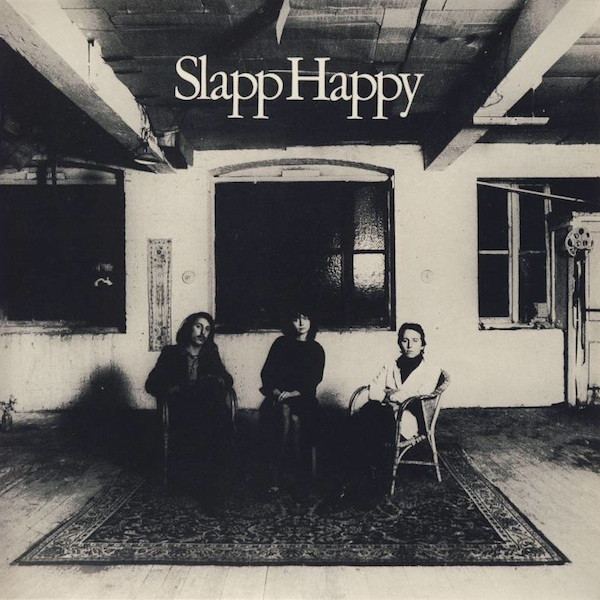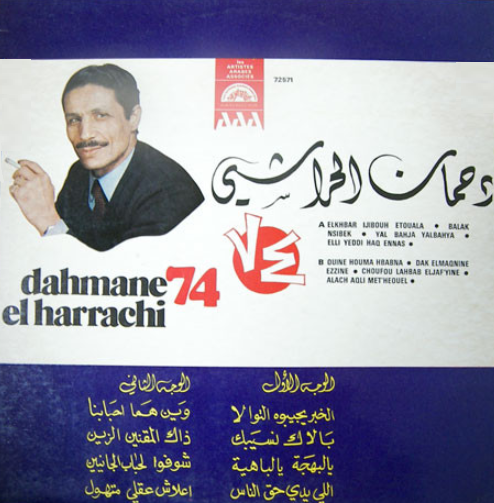
“A Good Year for the Roses” (1971) – George Jones * Written by Jerry Chesnut * Produced by Bob Moore * 45: “A Good Year for the Roses” / “Let a Little Loving Come In” * LP : George Jones with Love (1971)* Label: Musicor * Charts: Billboard country: (#2, entered 11/28/70 and peaked in ’71)
Daniel Johnston may have claimed that no woman could “make a George Jones” out of him, but his East Texas subject’s own self-pitying, heartbroken performance on “A Good Year for the Roses” could make a George Jones out of anyone. Put aside those aspects of the song (written by Jerry Chesnut) that come off as what Dave Marsh, en route to otherwise praising it, labeled unselfconscious chauvinism. (“After three full years of marriage, it’s the first time that you haven’t made the bed,” the Possum laments in his wobbly way.)
It’s the image of him sitting on the porch and watching his untended yard flourish that leads you to an assorted flowering of meaning. There’s that aspect of feeling immobile and letting the world do its thing—for better or worse—all around you; the tactic of distraction, allowing little cheerful things to crowd out the troubling ones; or this: that maybe the breakup was for the best and the blooms will, in the long run, continue attesting to that. (She did leave the baby too, right?) Whatever the interpretation, it’s a melancholy road to arrival.
Jones recorded two versions of the song, both produced by Bob Moore, in early 1970. The first one (a January session) clocks in at 3:12, has prominent piano lines in the intro, and a microphone pop on “funny.” The second one (February session) clocks in at 3:03 and is haunted by Pete Drake’s steel guitar and Bill Pursell’s winter piano. This was the radio version that reached #2 on the Billboard country chart and appeared on the 1971 George Jones with Love LP.
I mention this because that first version showed up, perhaps by accident, on a 1981 budget Gusto label cassette compilation called Golden Hits and reached the ears of many a listener. The discography in the 2009 Bear Family compilation A Good Year for the Roses: The Complete Musicor Recordings 1965-1971 (Part 2) overlooks this, rolling it out as a previously unissued first appearance. So goes life with country discographies, unkempt as George Jones’s lawn.
Elvis Costello reached the UK #6 singles slot with a genre-exercise rendition of this in 1981 featuring a Billy Sherrill production. Alan Jackson did a low-charting tribute duet with Jones in 1994.

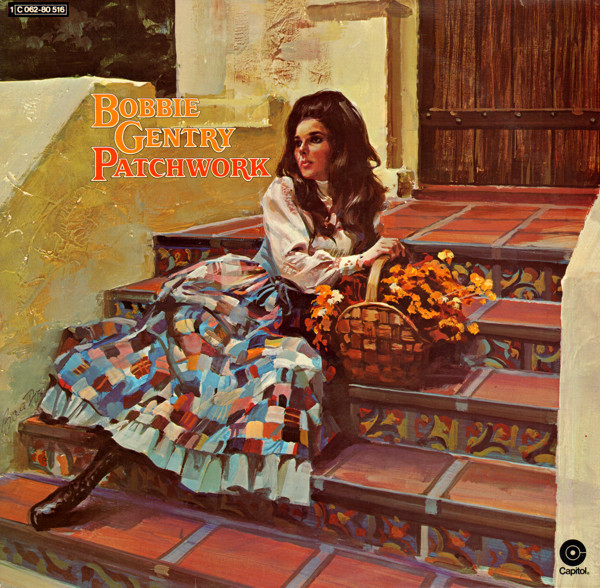
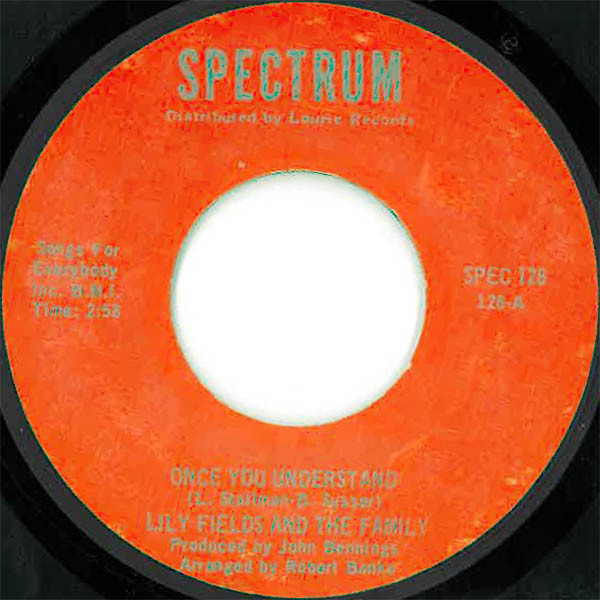 “Once You Understand” (1972) – Lily Fields and the Family * Written by Lou Stallman and Bobby Susser * Produced by John Bennings * 45: “Once You Understand” / “Help Me Make It Through the Night” * Label: Spectrum
“Once You Understand” (1972) – Lily Fields and the Family * Written by Lou Stallman and Bobby Susser * Produced by John Bennings * 45: “Once You Understand” / “Help Me Make It Through the Night” * Label: Spectrum